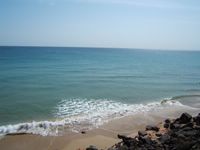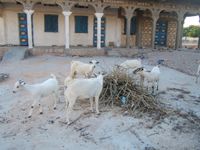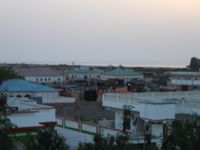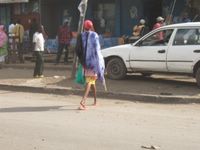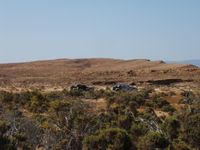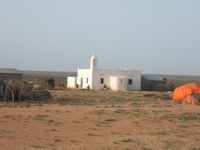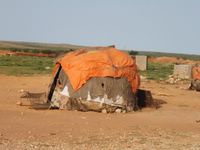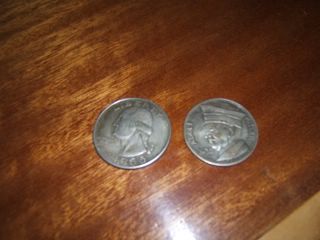Somalia is a country without any government or formal police system for over 15 years. Yet this country remains to be still functioning. How could this be? How can a country survive this long? I am sure a lot of people have tried answering this by using many means, some which give complex analysis. However, I would like to explain this by using a simple incident that happened to me upon my arrival in this country they call Somalia.
When my flight landed from Nairobi to Mogadishu, Somalia on Saturday June 11/05, (Mogadishu airport which is 50KM North of the city; a small, un-developed airport controlled by the United Nations and used by Somalis and the international community. This airport still remains as the largest airport in Somalia and it is controlled by 2 warlords at the moment). Anyways, moving on with my story, there were couple of guys in the airport who lived in a nearby village-it is actually more like a shantytown. I, along with the guys I was traveling with from Kenya, decided to chat with them because we had an hour and half to kill and because they were staring at us. One of the guys had approached me and asked me if I wanted to buy 2 coins, one American dollar from 1865, and the other 1939 German 5RM with Hitler’s picture (2 very rare coins) for only $20US. I told him that I did not have the money and tried to convince the guys I was traveling with to buy them, but they were not interested. I told the men that I would love to buy it but I can not at this moment. I advised them to keep it because in couple of years when there is a government, it will be worth thousands. However, he was not interested and said that he needed the money right now. Not able to do anything, I went back to the plane. From my seat in the airplane, I saw one of the guys I was traveling with, still talking to the guys and writing something down on a piece of paper. He then got on the airplane and gave me the coins and a piece of paper and told me that the Somali guys are giving me the coins and trusting me in the name of God because like them I am Muslims and Somali. They trusted me to take the coins and the paper, which had a phone number of a man they knew in Bosaso, and pay the man once I get to Bosaso. I was so amazed that these guys who have never seen me before and did not know anything about me, would trust me with something as big as this (NOTE: $20US is a lot of money in Somalia). I was so touched by their trust in me that I ended up borrowing $20 to give to them; they were happy and I took the coins (not really wanting to purchase them at that time).
Some of you are asking why am I am writing you this long story about a boring incident on my way to Somalia? Well because that single moment showed me how this country has been able to survive for over 15 years. People here are making something out of nothing. They have been able to live in peace, yes I mean PEACE, considering the fact that there are no laws and no police to enforce them. They are able to trust each other because they are Muslims and they are Somalis. Right now I am in Bosaso, and here you see women walking at night and no one does anything to them. You also see traders displaying their money in public and no one robs them. Somalia is not the safest country in the world but considering the fact that there is no government and no one to enforce the rules of law, they are doing very well in trying to live in peace and create some stability.
(See the photos of the coins- these are really rare ones although I am not sure if they are real. Regardless, they are cool)
